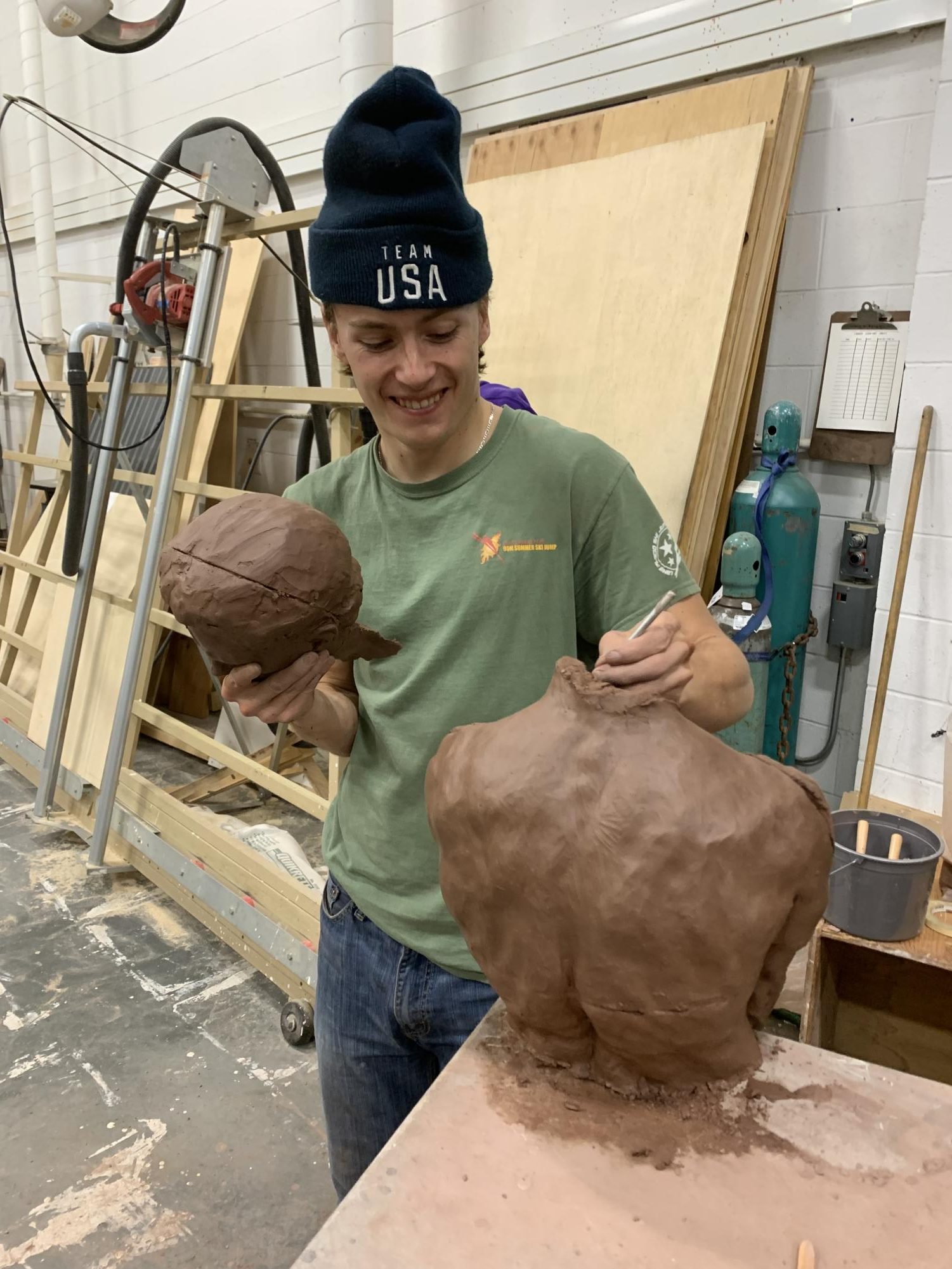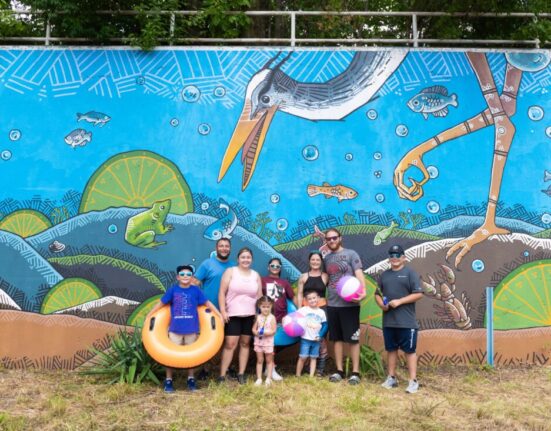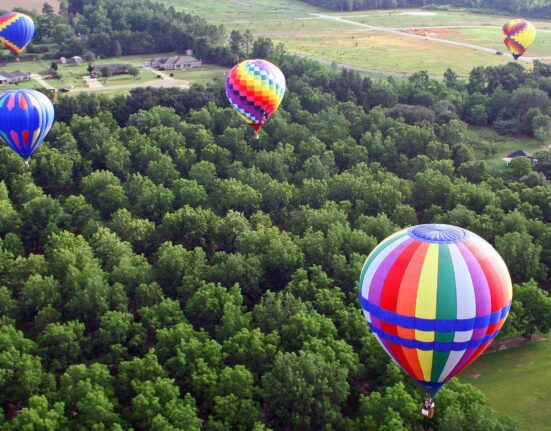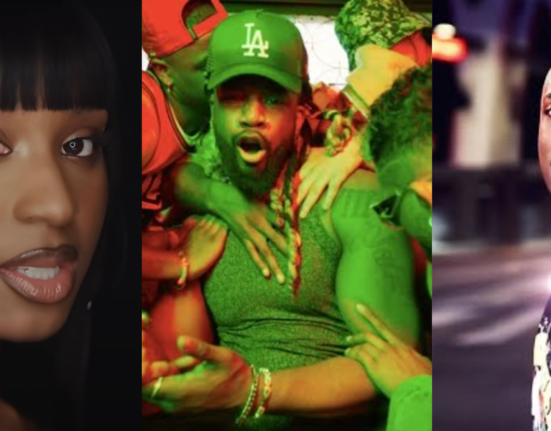
Henry Johnstone ’24 is a studio art and environmental studies major from Concord, Mass. Johnstone is a sculptor, painter, and accomplished collegiate nordic skier. In an interview with the Record, he discussed his love for both sculpture and snow as well as his plans for the future. This interview has been edited for length and clarity.
Mariel Baez (MB): When did you start making art?
Henry Johnstone (HJ): It goes back just about all the way. My mother was an elementary school art teacher and my grandfather was also an art teacher, so I’ve had a crayon in my hand since day one. Art has always been really important to me, but I’m still trying to understand why I make art and why I make the kind of art that I make. But it’s been the one constant throughout my life.
MB: What’s your favorite medium?
HJ: Right now, I’ve been sculpting in clay, which I really enjoy for its versatility. It’s cool to work with something that comes from the earth, since it’s basically mud. I think there’s significance in working with earth that I’m still trying to put words to. I like the physicality of sculpture, and it’s a really interesting way to explore myself and my own body, especially working with self portraiture recently.
MB: How do you create a figure from a block of clay?
HJ: It can start one of two ways. If I start with a very big block of clay, I can carve it into a figure through a reductionist approach, sculpting the earth away. But when I’m working on something larger, I’ll usually use an additive approach where I’m making the general form. Sometimes I’ll feel what the clay is looking like to manipulate an element and bring it to life. I’ll see what the clay is like, the forms that it’s taking on, and try to bring that into a little bit more of a realistic realm.
MB: You have a strong motif of the body in your art. Could you talk about that more?
HJ: I think that the body is very interesting — it’s a vehicle of expression. It’s interesting to explore how the body takes up space, expresses an inner sense of emotion, and all the other qualities that make us ourselves. I’ve been mostly working with my own body as a way of both understanding what I look like, how my body works, and how each muscle connects in a sort of an academic way. I also try to use it to express myself, what I’m feeling, and the struggle that I might be going through on a certain day. I like exploring how a three-dimensional sculpture of my own body can be manipulated to better express the emotion while exaggerating certain features.
MB: Do you ever incorporate environmental studies into your art?
HJ: That’s been something that I’ve really been thinking about. One thing that’s interesting to me is the fact that clay is earth itself and that one could find some clay outside and work with that without really changing it too much. I’m wondering how I can better express the natural qualities of clay and maybe show how humans and nature interact or are interconnected. It’s another direction I’ve been exploring — celebrating the material of clay and our relationship to the world and nature.
MB: Quick pivot — when did you start to ski?
HJ: I started when I could walk. My dad runs a cross- country ski touring center, so he put me on skis really early. In some ways, I see training for skiing and practicing art as similar, since it forces you to understand yourself, what motivates you, how you work, and how you find joy.
MB: Do you find any connection between your art and athletics?
HJ: I think one enhances the other. I feel there’s a sense of labor and skill with both art and athletics. The development of my artistic practice over time was getting better through hard work. I see that as a parallel to athletics, in which I’m trying to develop a skill over many years to build fitness.
MB: Has anyone in your life shaped your love for art?
HJ: My mother and my grandfather took me to museums and showed me some of my favorite artists from a very young age. We didn’t live far from Boston, so we would go to the Museum of Fine Arts, Boston. My grandpa would take me out painting as a kid, which I found special, and my mom made art really fun for me.
MB: If you could have dinner with any artists living or deceased, who would it be?
HJ: John Singer Sargent. I’d love to see him draw on a napkin.
MB: What are your future plans?
HJ: I need to have a creative career and the freedom to practice art, but I also have a lot of doubts about pursuing that as a career. It’s really hard to be an artist, so I’m trying to think whether I can incorporate art into a different career. Certainly, being a successful fine artist would be my dream job, but there’s a lot of struggle and it’s easy to have a lot of doubts, especially as a senior.






